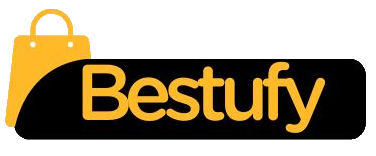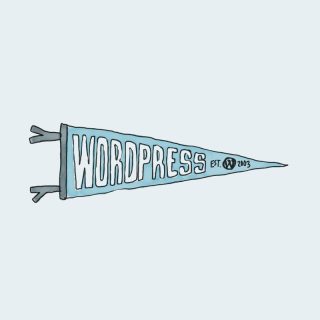The loans and debt you take on to get that cash come with interest rates. If you don’t keep track of your cost of debt, those expenses can get out of control. You’ll be blind to the true cost of your financing, and you might take out another loan you can’t afford.
How Taxes Affect Cost of Debt
- Since higher debt amounts result in lower credit ratings, they’re less likely to get money from future borrowers.
- But unlike private industry, where employee salaries and benefits are the top expense, in the federal government personnel costs make up just about 4% of spending.
- For instance, bonds may offer tax benefits that reduce the effective cost of debt.
- As you can see, G&B Electronics calculates the after-tax cost after deducting tax savings, which it gets because of claiming debt interest as a business expense.
- Successful negotiators use their organizations’ cash flow analysis to convince creditors that their company has solid financial health.
- The loan is repaid, along with an interest expense, over months or years.
The rationale behind this calculation is based on the tax savings that the company receives from claiming its interest as a business expense. The cost of debt is how much interest a company pays on borrowed money. This includes loans, bonds, credit lines, or any other form of debt financing.
What Is Loan-to-Value (LTV) Ratio and Why Does It Matter?
In simplified terms, cost of debt (or debt cost) is the interest expense you pay on any and all loans your business has taken out. If you have more than one loan, you would add up the interest rate for each to determine your company’s cost for the debt. The next step to paying off your credit card debt is determining how much you spend each month. HVAC Bookkeeping If you have credit card debt, chances are you may be spending more than you make (unless your debt is due to one-off spending for emergencies). Take a moment to sit down, look at all of your accounts, and categorize all of your expenses from the prior month.
Difference between cost of debt and cost of equity
Calculating the cost of debt is extremely important for enterprises looking to determine the weighted average interest rate. They can’t simply consider the average interest rate because it doesn’t accurately portray the financial repercussions of higher loan amounts. Equity financing may be more accessible for startups or businesses with limited credit history.
DOGE wants to cut $1 trillion this year. But it’s not looking at big spending drivers
Consequently, their working capital can rely income summary more on debt, which is less than the cost of equity. The debt cost is the total interest expense an organization pays on its liabilities. Once you know the annual interest rate of different company debts, you can use the following formula to find the cost of debt. Flotation cost refers to the legal, registration, audit, and underwriting fees a business incurs while issuing new securities. Even though flotation costs are considerably less for loans, they can add to the total cost of capital in case of high loan amounts. Additionally, fixed-rate loans provide predictable payments but can be higher than variable-rate loans in low-rate environments.
Robo-Advisors with Free Tools: Automated Financial Planning
“And this exaggeration is making it even harder to do the real hard things that are going to be needed to fix the deficit beyond waste.” Riedl, of the Manhattan Institute, says any reduction in the government wasting taxpayer dollars is a good thing, no matter the dollar amount. So far this fiscal year, about 64% of the government’s spending has been on Social Security, Medicare, health programs, income security and veterans’ benefits and services. And as NPR has reported, those early DOGE savings claims have been inaccurate and drastically overstated. Elon Musk and his Department of Government Efficiency have an ambitious goal of cutting $1 trillion in federal spending by the end of the fiscal year in September.
- You may hear the term APR and think it’s the same thing as cost of debt, but it’s not quite.
- In addition to getting expert advice, this event supports the education of future financial professionals.
- Some examples include common startup funding sources such as borrowing money from friends and family, crowdfunding money, or completing a Rollover for Business Startups (ROBS).
- These agencies’ mission is to assist individuals in achieving financial stability.
- The cost of debt refers to the overall cost that a company pays on borrowed money.
- The effective interest rate is your weighted average interest rate, as we calculated above.
- There are two ways most businesses seek new financing — through equity financing or debt equity.







Leave a Reply